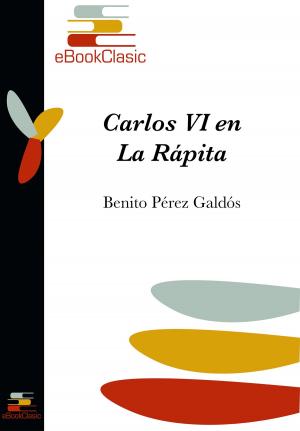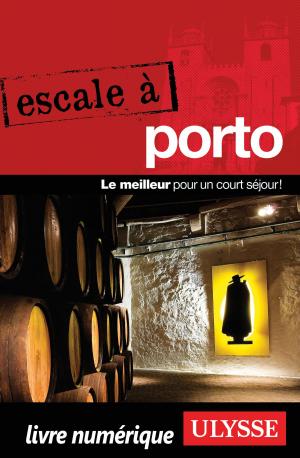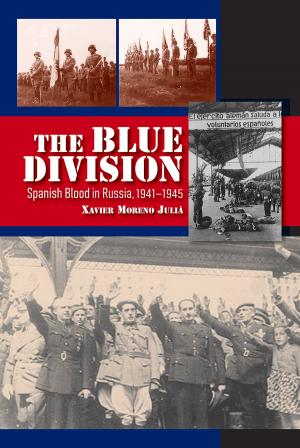Walking Guide to the Vía de la Plata and the Camino Sanabrés
Nonfiction, Travel, Europe, Spain & Portugal| Author: | Gerald Kelly | ISBN: | 9781311078087 |
| Publisher: | Gerald Kelly | Publication: | August 31, 2013 |
| Imprint: | Smashwords Edition | Language: | English |
| Author: | Gerald Kelly |
| ISBN: | 9781311078087 |
| Publisher: | Gerald Kelly |
| Publication: | August 31, 2013 |
| Imprint: | Smashwords Edition |
| Language: | English |
The Vía de la Plata was originally a Roman Road linking Asturias in the north of Spain with the port of Cadiz in the south. Its name means The Silver Route. Beginning in about the 9th century, as Santiago de Compostela was becoming known as a Christian pilgrimage site, it also began to be used by pilgrims travelling to and from the tomb of St James the Apostle.
In the 1980s the revival of the Camino Francés as a walking route renewed interested in the Vía de la Plata. Numbers of pilgrims increased slowly over the years peaking at 14,197 in Holy Year 2010, and since then constant at about 9,000 a year. In contrast to the Camino Francés, the busiest times on the Vía de la Plata are spring and autumn. The extreme summer heat in southern Spain makes June, July and August the preserve of a small number of hardy souls.
Today the Vía de la Plata has become a popular alternative to the Camino Francés for people looking for solitude and a more authentic Camino experience (with its accompanying difficulties).
This guide covers the Vía de la Plata from Seville to Astorga, and the Camino Sanabrés, which branches from the Vía de la Plata and arrives in Santiago through southern Galicia. People often use the term Vía de la Plata to refer to the combination of these two routes.
This new edition, updated in 2018, includes the following information:
- Notes on the towns and villages you'll pass through
- Route descriptions and distances
- Pilgrim accommodation
- Services: shops, restaurants, banks, etc.
It also covers the Caminos de Finisterre and Muxía, which finish at the Atlantic coast in North Western Galicia.
I started writing this guide after I can back from walking the Vía de la Plata from Seville to Santiago via Astorga in the winter of 2009, and finished it after returning to walk the Camino Sanabrés in 2012. Preparing for my walk I had been unable to find any reliable information in English about the routes and accommodation along them. This didn't deter me and I managed fine with a print out of accommodation from a Spanish website and some Google maps of the towns with the route roughly sketched on them. However, if I hadn't known Spanish I would have been lost and I probably wouldn't have even attempted this walk. Based on my experience I decided to try to make information more widely available in English.
I started by making the guide available as a free download from my website. Thanks to the positive feedback and encouragement I received from other pilgrims who used it, I decided to try publishing it on Amazon (with the addition of maps). This has enabled me to bring the information to a far wider audience – not free, but for a fair price.
From the beginning I appealed to pilgrims to send me updates and corrections to help me keep the information up-to-date. Many people responded to my call, and this, together with online resources, allowed me to keep track of new hostels and route changes. This system isn't perfect and I would prefer (in fact I would love!) if I had the time and money to walk the Vía every year and do the updates as I go along. But I don't, and given the small number of English-speaking pilgrims walking this Camino, it's unlikely this, or any other guide, will every make enough money to cover a full, yearly update (such as the German guides manage).
I set out to create a source of the essential information someone will need to walk the Vía de la Plata, and this book is still that, the essential information: distances, pilgrim hostels, places to buy food, places to eat, and notes about those few places where the yellow arrows may not be sufficient for you to find your way.
I returned to walk to full route again 2016 and then parts in 2017 and 2018.
The Vía de la Plata was originally a Roman Road linking Asturias in the north of Spain with the port of Cadiz in the south. Its name means The Silver Route. Beginning in about the 9th century, as Santiago de Compostela was becoming known as a Christian pilgrimage site, it also began to be used by pilgrims travelling to and from the tomb of St James the Apostle.
In the 1980s the revival of the Camino Francés as a walking route renewed interested in the Vía de la Plata. Numbers of pilgrims increased slowly over the years peaking at 14,197 in Holy Year 2010, and since then constant at about 9,000 a year. In contrast to the Camino Francés, the busiest times on the Vía de la Plata are spring and autumn. The extreme summer heat in southern Spain makes June, July and August the preserve of a small number of hardy souls.
Today the Vía de la Plata has become a popular alternative to the Camino Francés for people looking for solitude and a more authentic Camino experience (with its accompanying difficulties).
This guide covers the Vía de la Plata from Seville to Astorga, and the Camino Sanabrés, which branches from the Vía de la Plata and arrives in Santiago through southern Galicia. People often use the term Vía de la Plata to refer to the combination of these two routes.
This new edition, updated in 2018, includes the following information:
- Notes on the towns and villages you'll pass through
- Route descriptions and distances
- Pilgrim accommodation
- Services: shops, restaurants, banks, etc.
It also covers the Caminos de Finisterre and Muxía, which finish at the Atlantic coast in North Western Galicia.
I started writing this guide after I can back from walking the Vía de la Plata from Seville to Santiago via Astorga in the winter of 2009, and finished it after returning to walk the Camino Sanabrés in 2012. Preparing for my walk I had been unable to find any reliable information in English about the routes and accommodation along them. This didn't deter me and I managed fine with a print out of accommodation from a Spanish website and some Google maps of the towns with the route roughly sketched on them. However, if I hadn't known Spanish I would have been lost and I probably wouldn't have even attempted this walk. Based on my experience I decided to try to make information more widely available in English.
I started by making the guide available as a free download from my website. Thanks to the positive feedback and encouragement I received from other pilgrims who used it, I decided to try publishing it on Amazon (with the addition of maps). This has enabled me to bring the information to a far wider audience – not free, but for a fair price.
From the beginning I appealed to pilgrims to send me updates and corrections to help me keep the information up-to-date. Many people responded to my call, and this, together with online resources, allowed me to keep track of new hostels and route changes. This system isn't perfect and I would prefer (in fact I would love!) if I had the time and money to walk the Vía every year and do the updates as I go along. But I don't, and given the small number of English-speaking pilgrims walking this Camino, it's unlikely this, or any other guide, will every make enough money to cover a full, yearly update (such as the German guides manage).
I set out to create a source of the essential information someone will need to walk the Vía de la Plata, and this book is still that, the essential information: distances, pilgrim hostels, places to buy food, places to eat, and notes about those few places where the yellow arrows may not be sufficient for you to find your way.
I returned to walk to full route again 2016 and then parts in 2017 and 2018.




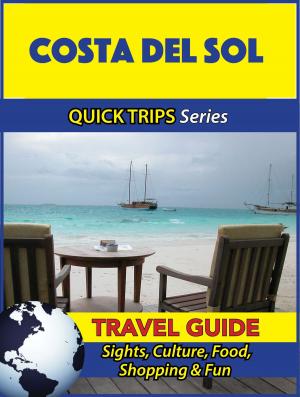
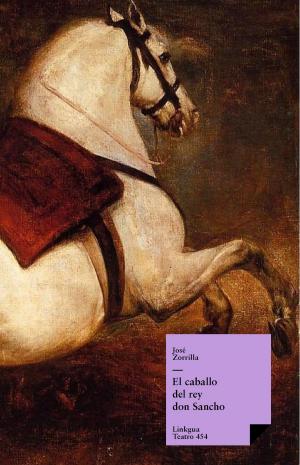

![Cover of the book Napoleon's invasion of Russia [Illustrated Edition] by Gerald Kelly](https://www.kuoky.com/images/2013/february/300x300/9781782890065-VahL_300x.jpg)




